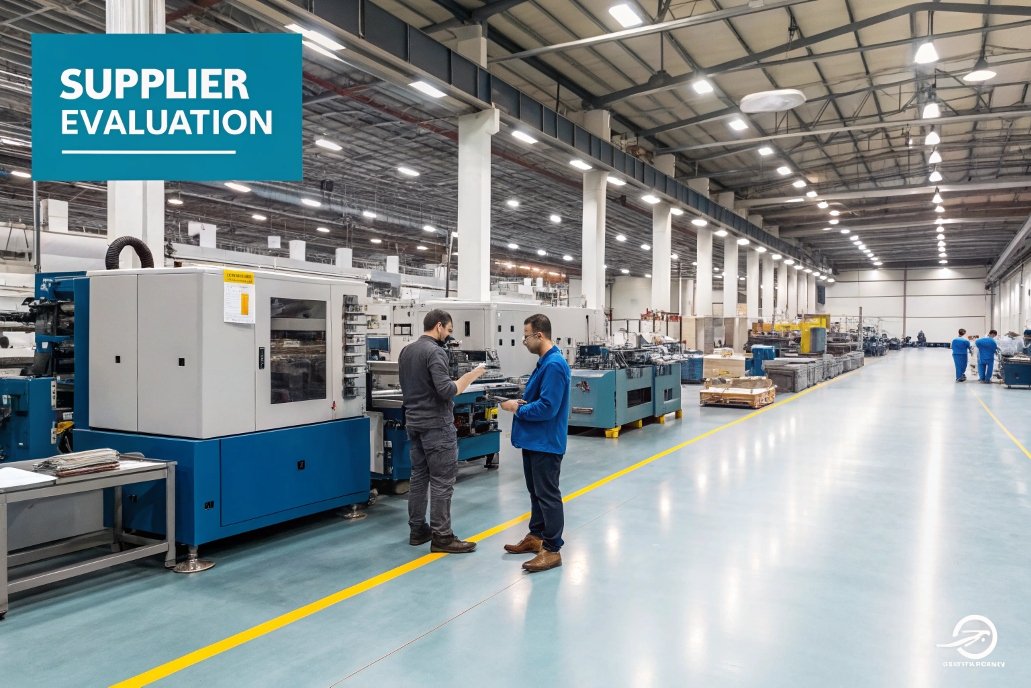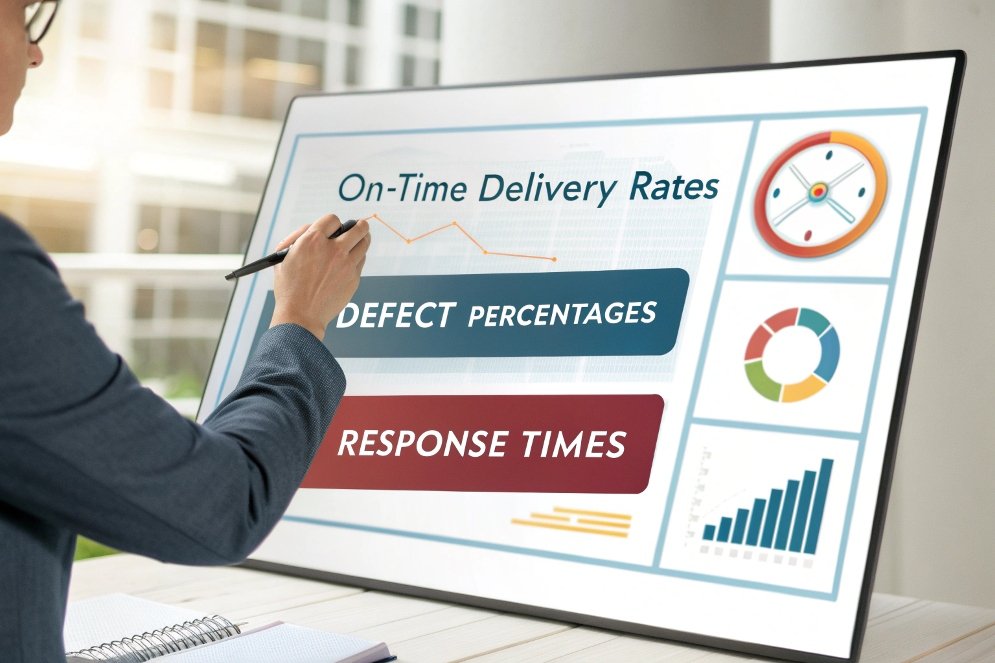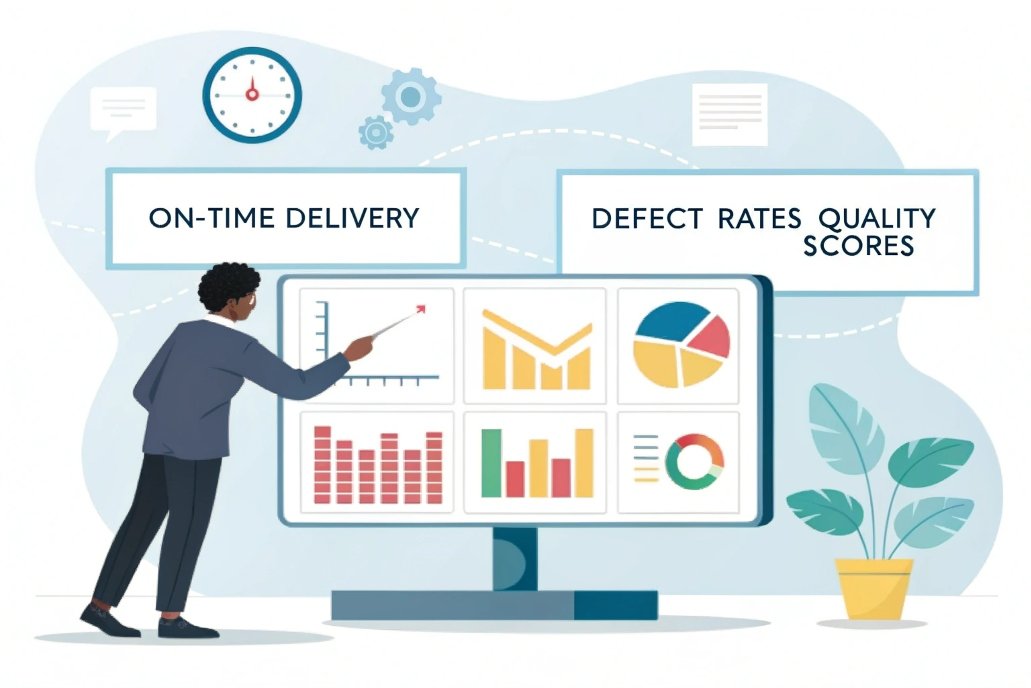
Selecting the right supplier for your custom parts can make or break your business. I’ve found that a well-thought-out supplier selection process is critical in ensuring the success of any project. Over the years, I’ve learned that using the right criteria, data, and continuous improvement methods can significantly enhance your supplier selection and minimize risks. Let’s dive into the steps that can help you improve this process.
Improving your supplier selection process is crucial to ensuring high-quality custom parts, timely delivery, and a smooth production experience. By focusing on data-driven decisions and maintaining a flexible, ongoing evaluation process, you can improve the quality of your parts and build long-term partnerships.
I’ve personally seen how a strong supplier selection process1 can lead to smoother operations and reduced risks. Here, I’ll share the steps I’ve taken to improve supplier selection and why continuous improvement is key to maintaining quality.
What Steps Should You Take to Improve Your Supplier Selection Criteria?

Improving your supplier selection criteria2 involves more than just looking at price. You need to assess key factors like quality, reliability, capabilities, and communication skills.
Key Steps to Improve Supplier Selection
| Step | What to Focus On |
|---|---|
| Define Your Requirements | Identify the specific needs for your custom parts, including material, quality, and functionality. |
| Evaluate Supplier Capabilities | Assess each supplier’s production capacity, technology, and expertise in custom parts. |
| Check Supplier Reliability | Research the supplier’s history of on-time deliveries, past projects, and customer feedback. |
| Examine Communication Skills | Ensure the supplier can communicate clearly and promptly to avoid delays or misunderstandings. |
| Conduct a Factory Audit | If possible, visit the supplier’s factory to verify their capabilities and quality control systems. |
My Experience with Supplier Selection
In my early years, I learned the hard way that simply choosing the cheapest supplier can lead to issues down the line. Focusing on the right criteria, especially evaluating a supplier’s capabilities, has been crucial. I now prioritize reliability and quality over price because I’ve learned that the cost of fixing quality issues far outweighs the initial savings.
How Can You Use Data and Insights to Make Informed Supplier Decisions?

Leveraging data and insights can provide you with the information you need to make smarter, more informed supplier decisions. By analyzing past performance and using industry data, you can gain a better understanding of which suppliers can meet your needs.
Key Data and Insights to Use for Supplier Decisions
| Data/Insight | How It Helps |
|---|---|
| Supplier Performance Data | Reviewing past performance metrics—such as on-time delivery, defect rates, and response times—helps you assess supplier reliability. |
| Customer Reviews and References | Analyzing customer feedback and reviews gives insight into a supplier’s reputation and customer service quality. |
| Production Capacity and Lead Times | Understanding a supplier’s ability to meet demand and deliver on time is essential for managing your production schedule. |
| Cost Trends and Price History | Tracking price changes over time can help you forecast future costs and avoid suppliers with volatile pricing. |
| Industry Standards and Certifications | Suppliers who are certified or align with industry standards can often provide higher quality and consistency. |
Using Data for Smarter Decisions
In my experience, using data to assess suppliers has saved me a lot of headaches. I rely on performance data and industry insights to make informed decisions. For example, looking at a supplier’s historical delivery times and customer satisfaction scores gives me a much clearer picture of their reliability than just reading their sales pitch.
Why Should You Continuously Improve Your Supplier Selection Process to Ensure Quality?

Continuous improvement is essential to maintaining the quality of your custom parts. The supplier landscape is constantly evolving, and staying proactive ensures that you’re always working with the best partners.
Steps to Continuously Improve Your Supplier Selection
| Step | How It Improves Supplier Selection |
|---|---|
| Regular Supplier Audits | Periodically reassessing your suppliers ensures they continue to meet your evolving needs. |
| Monitor Supplier Performance | Track key metrics, such as on-time delivery and defect rates, to identify areas for improvement. |
| Solicit Feedback from Suppliers | Create open communication channels to gather insights from suppliers about process improvements. |
| Stay Updated on Market Trends | Regularly review new technologies, production methods, and industry developments to keep your supplier pool current. |
| Establish Long-Term Relationships | Building long-term partnerships allows you to continuously improve processes and reduce risks. |
My Continuous Improvement Journey
I’ve always treated supplier relationships as long-term partnerships. The first time I worked with a supplier, I thought the process was set once we finalized the deal. But over time, I realized that continuous improvement was key to maintaining high-quality parts. Regular audits and performance monitoring have helped me ensure that the suppliers I work with consistently meet my needs.
Conclusion
Improving your supplier selection process is an ongoing effort that requires regular assessment, data-driven decisions, and continuous improvement. By refining your criteria, using insights to make informed decisions, and keeping a close eye on supplier performance, you can ensure that your custom parts meet the highest standards of quality. With a strong, evolving supplier selection process, you’ll be positioned for long-term success.

